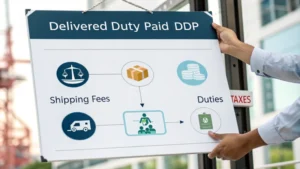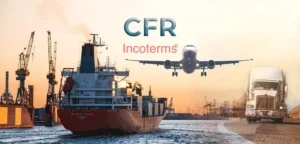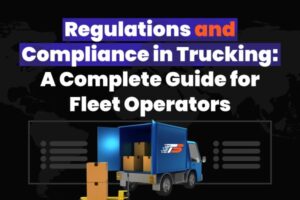Shipping technology is revolutionizing freight forwarding by streamlining operations, enhancing transparency, and improving efficiency. Digital tools such as automated documentation, real-time tracking, and AI-driven analytics empower logistics companies to optimize routes, reduce costs, and provide better customer service. Cloud-based platforms facilitate seamless communication between shippers, carriers, and customers, while blockchain technology ensures data security and integrity. As the industry continues to evolve, embracing shipping technology advancements is crucial for staying competitive and meeting the growing demands of global trade.
Overview of Freight Forwarding
Freight forwarding involves the coordination and shipment of goods across borders on behalf of importers and exporters. As intermediaries, freight forwarders leverage shipping technology to manage the complex logistics of transporting goods, including handling customs documentation, negotiating shipping rates, and arranging cargo insurance. Their expertise spans various modes of transportation—air, sea, road, and rail—ensuring efficient and cost-effective delivery. Using advanced shipping technology, freight forwarders also provide value-added services such as warehousing, inventory management, and consolidation. By leveraging their global networks and experience, they help businesses navigate international shipping challenges, ensuring timely and secure delivery of goods worldwide.
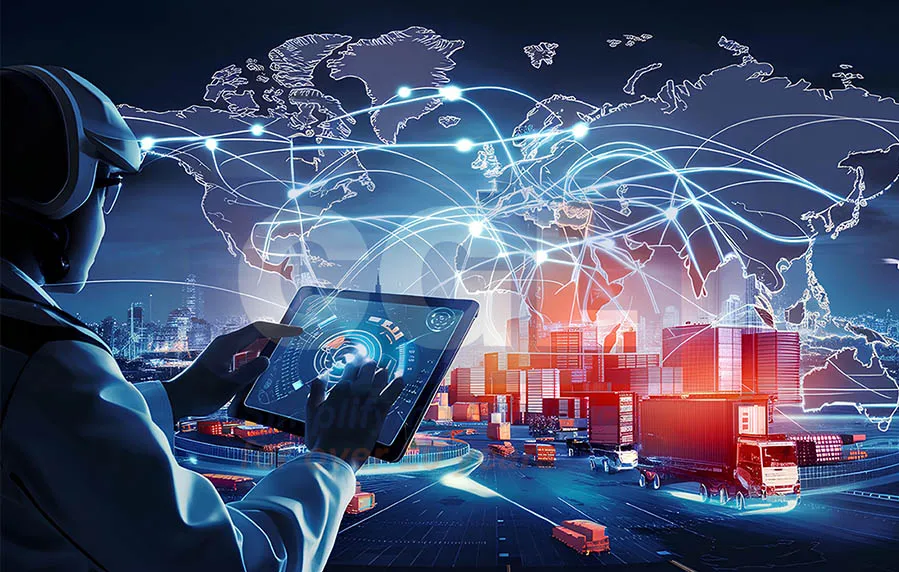
The Role of Technology in Modern Freight Forwarding
Shipping technology plays a pivotal role in modern freight forwarding, transforming how goods are transported across the globe. Advanced digital platforms enable real-time tracking, predictive analytics, and automated processes, reducing human error and increasing efficiency. Cloud-based solutions improve communication and collaboration among shippers, carriers, and customers, while blockchain technology enhances security and transparency in transactions. Artificial intelligence and machine learning, key components of shipping technology, optimize route planning and inventory management, driving down costs and delivery times. By embracing these innovations, freight forwarders can offer more reliable, agile, and customer-centric services in today’s fast-paced global marketplace.

Digital Freight Platforms:Key Technologies Transforming Freight Forwarding
Digital Freight Platforms:
Digital freight platforms connect shippers and carriers through online marketplaces, enabling efficient matching of freight with available transport options. These platforms offer real-time pricing, tracking, and booking, streamlining the shipping process. By automating documentation and providing data-driven insights, they enhance transparency and reduce costs, making logistics more agile and responsive to market demands.
Internet of Things (IoT) in Freight Management:
IoT technology enhances freight management by equipping vehicles and cargo with sensors that monitor location, temperature, humidity, and other conditions in real time. This data improves route optimization, enhances safety, and ensures the integrity of sensitive shipments. By providing actionable insights and enabling proactive decision-making, IoT helps minimize delays, reduce costs, and increase operational efficiency in logistics.
Blockchain for Secure Freight Transactions:
Blockchain technology secures freight transactions by creating tamper-proof, decentralized ledgers that record every step of the shipping process. This transparency reduces fraud, enhances trust among stakeholders, and simplifies compliance with regulations. Smart contracts automate agreements and payments, minimizing disputes and delays. By improving data accuracy and security, blockchain technology promotes a more efficient and reliable freight management system.
Cloud Computing and Data Analytics:
Cloud computing enables freight forwarders to store and access vast amounts of data remotely, fostering collaboration and scalability. Data analytics tools analyze this information to uncover trends, optimize routes, and improve supply chain management. This real-time insight facilitates proactive decision-making, enhances efficiency, and reduces operational costs, providing a competitive edge in the rapidly evolving logistics industry.
Robotics and Automation in Warehousing and Logistics:
Robotics and automation streamline warehousing and logistics by handling repetitive tasks such as sorting, packing, and inventory management. Automated guided vehicles (AGVs) and robotic arms increase speed and accuracy, reducing labor costs and minimizing errors. These technologies enhance operational efficiency, improve safety, and enable faster order fulfillment, which is crucial for meeting the growing demands of e-commerce and global trade.
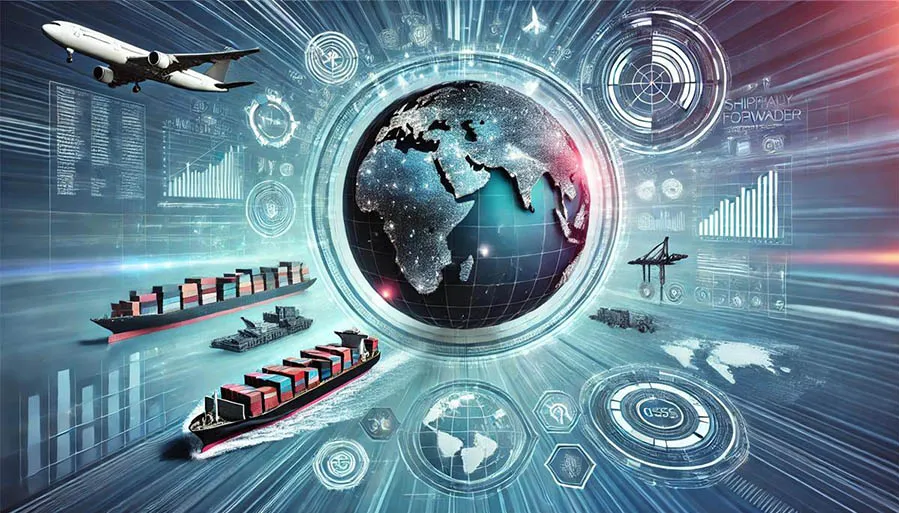
The Benefits of Technology in Freight Forwarding
Increased Efficiency and Reduced Costs:
Modern technologies like automation, AI, and digital platforms streamline freight forwarding processes, minimizing manual intervention and optimizing resource allocation. This efficiency reduces operational costs by speeding up workflows, minimizing delays, and lowering labor expenses. As a result, companies can achieve faster turnaround times and cost-effective shipping solutions, boosting overall profitability.
Improved Accuracy and Reduced Errors:
Advanced technologies such as IoT, AI, and blockchain enhance data accuracy by automating data entry, monitoring, and verification processes. This reduces human error and ensures that information is reliable and up-to-date. Improved accuracy minimizes costly mistakes, such as incorrect shipments or inventory discrepancies, leading to more reliable and efficient freight management operations.
Enhanced Customer Experience and Transparency:
Digital tools like real-time tracking, automated notifications, and AI-driven customer service improve the freight forwarding experience by keeping clients informed and engaged. These technologies offer greater visibility into shipping processes, fostering trust and transparency. By providing timely updates and accurate information, companies can meet customer expectations and build stronger, long-lasting relationships.
Challenges and Risks of Implementing Technology in Freight Forwarding
Cybersecurity Risks and Data Privacy Concerns
As freight forwarding increasingly relies on digital systems, the risk of cyberattacks and data breaches grows. Sensitive information, such as customer data and shipping details, is vulnerable. Ensuring robust cybersecurity measures and compliance with data privacy regulations is essential to protect against these threats.
Resistance to Change and Skill Gaps
Adopting new technologies in freight forwarding often faces resistance due to fear of change and disruption to established workflows. Additionally, a lack of skilled personnel to manage and operate advanced systems can hinder technology adoption. Overcoming these barriers requires investment in training and a shift in organizational culture.
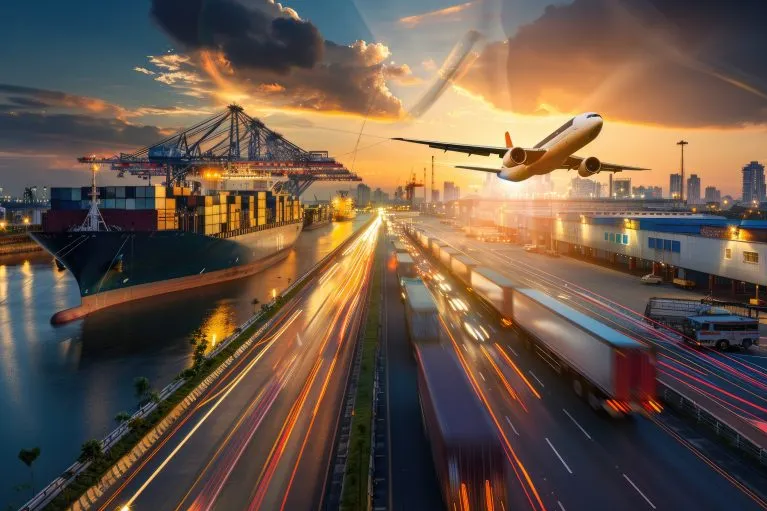
Challenges and Risks of Implementing Technology in Freight Forwarding
The Rise of Autonomous Freight Solutions:
Autonomous freight solutions, such as self-driving trucks and drones, are transforming logistics by reducing the need for human drivers and increasing operational efficiency. These technologies promise to lower costs, reduce accidents, and enable around-the-clock operations, revolutionizing how goods are transported across long distances.
The Growing Importance of Big Data and Analytics
Big data and analytics are crucial in freight forwarding, providing insights into customer behavior, market trends, and operational inefficiencies. By analyzing vast datasets, companies can optimize routes, forecast demand, and improve decision-making, leading to more efficient and cost-effective logistics operations.
Sustainable Technologies and Green Logistics
Sustainable technologies and green logistics focus on reducing the environmental impact of freight operations through energy-efficient practices and alternative fuels. Innovations like electric vehicles, route optimization, and eco-friendly packaging help minimize carbon footprints, aligning logistics strategies with global sustainability goals and customer expectations for greener supply chains.
Final Takeaway
In conclusion, the integration of advanced technologies is reshaping the freight forwarding industry, enhancing efficiency, accuracy, and customer experience while driving down costs. However, challenges such as cybersecurity risks, high implementation costs, and skill gaps must be addressed. Embracing sustainable practices and leveraging innovations like autonomous solutions and big data analytics are essential for staying competitive and meeting evolving market demands in a rapidly changing global landscape.
FAQ
What is the purpose of using superior technologies in the freight industry?
The purpose of using superior technologies in the freight industry is to simplify the supply chain and freight forwarding process to improve customer satisfaction, as well as to make planning and decision making more accurate and cost-effective.
How does Internet of Things technology help with freight forwarding?
The Internet of Things (IoT) technology connects customers and goods through a database, reader, chip, and GPS cloud-based system. By collecting data through sensors and connecting to the internet, the IoT provides real-time data on the location and condition of cargo without human intervention.
What is Advance Machine Learning and how does it benefit the logistics industry?
Advance Machine Learning analyzes data in the logistics industry to increase the accuracy of forecasting and overall performance. It can provide targeted business intelligence in the supply chain, optimize decision making, and help companies with sea freight route planning.
How does Transportation Management Systems (TMS) improve freight forwarding technology?
TMS is used for freight movement planning, rating, and shopping across all modes, selecting the appropriate route and carrier, and managing freight bills and payment. It makes freight forwarding processes easier, faster, and more accurate while connecting ERP to WMS and performing orders and operations between them more quickly.
What are Cloud-Based Solutions and how do they benefit the logistics industry?
Cloud-Based Solutions is a software technology that improves customer service, increases efficiency, and speeds up the freight forwarding process. It eliminates the need for large IT hardware and specialists while providing fast response times and remote access.
What is ELD and how does it improve safety for vehicles in the freight industry?
ELD stands for Electronic Logging Device and is used to automatically record driving time and hours of service. It connects to the truck engine and displays data on a screen or mobile device, recording the number of times the engine is turned off and on. It improves safety by preventing drivers from tampering with their logs and enforcing driving awareness and speed limits.
What are the benefits of using superior technologies in the freight industry?
The benefits of using superior technologies in the freight industry include improved customer satisfaction, accurate planning and decision-making, real-time tracking and monitoring, cost and delay reductions, and better business evaluation and customer service.


